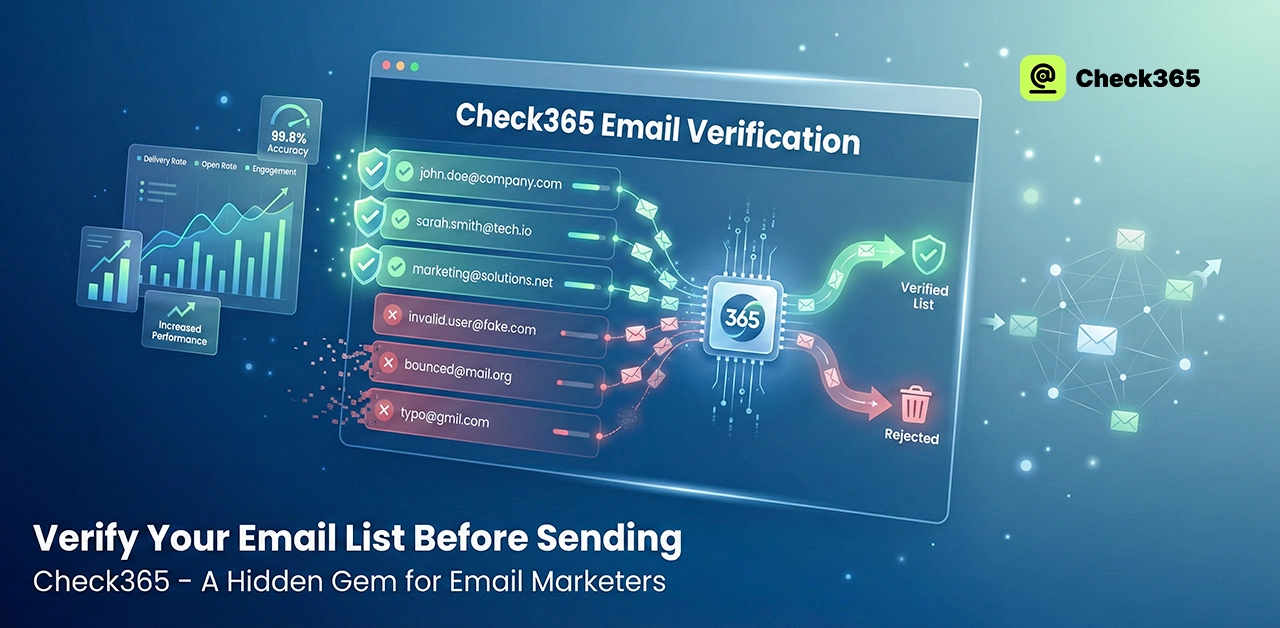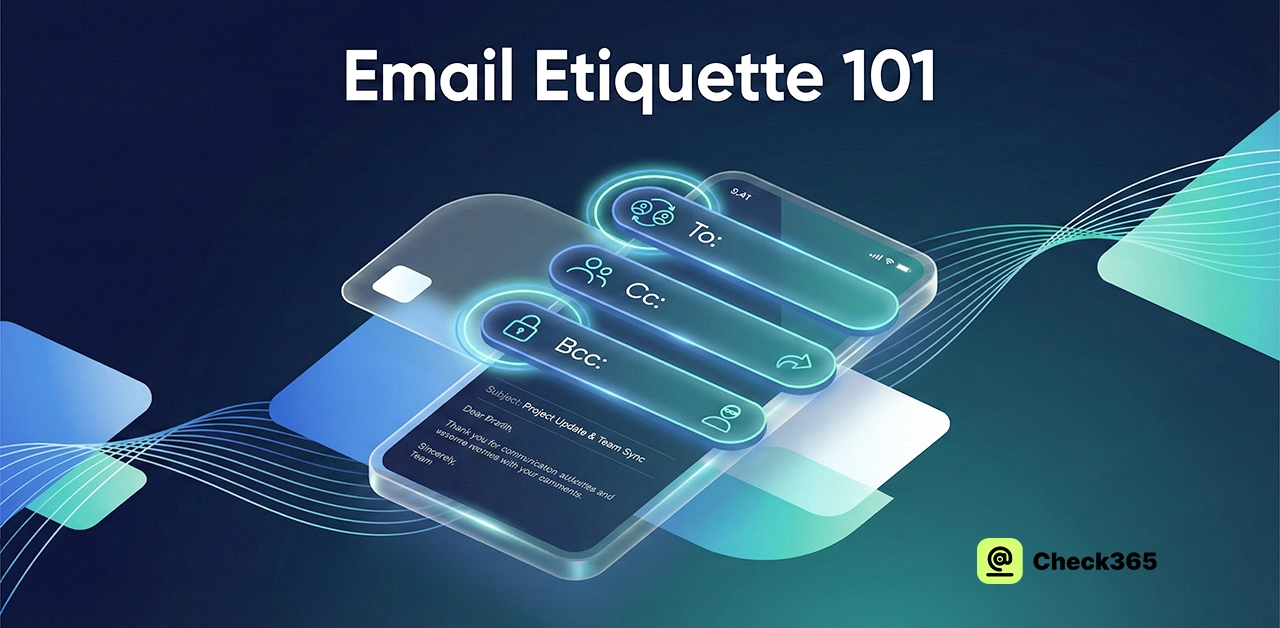The Hidden Dangers of Using CC in Business Emails 2026
Have you ever clicked "cc" in an email without giving it much thought? Still, this small action can quietly lead to confusion and even hurt professional relationships. Many people think that cc just lets others know what's going on, but if you use it wrong, it can fill up your email. Cause people to reply when they don't need to. Let's look at the secret risks of using "carbon copy" in business emails.
CC Use in Business Emails: Privacy Risks 2026
It might not seem like a big deal to use carbon copy in work emails, but it can cause problems. Adding people who aren't needed can make inboxes more crowded, make recipients feel overwhelmed, and slow down replies. Also, it can make people confused because they don't know if they should do something or just read the email. If you use cc too much, you might even come off as careless or passive-aggressive, which is bad for trust at work.
It's risky to send private information via carbon copy because everyone can see your email addresses and other sensitive information. When you use cc incorrectly, "Reply All" chaos happens, sending needless messages to many inboxes at once. In the U.S., clear, relevant, and private email is good business manners. If you use "cc" wisely, your emails will get to the right people without any problems.
Will Anything Happen If We Don't Use cc and Bcc?
It's not always necessary to use cc or Bcc, but not doing so can lead to privacy issues and communication problems. The "cc" field helps make sure that important team members don't miss any important information by including people who need to be kept in the loop. When you email more than one person, Bcc helps protect their privacy. Sharing everyone's email addresses without meaning to can be rude and even illegal in some cases.
If you use carbon copy and Bcc properly, business emails stay clear, well-organized, and reliable. Skipping them can lead to confusion, answers that aren't needed, or privacy breaches. If you use these areas wisely, they will make sure that your message gets to the right people, keep private data safe, and make you look professional while you quickly handle emails.
When Not to Use cc in Email?
You shouldn't copy someone in an email if they don't need to do anything or if the information isn't important to them. Using cc when it's not needed can make inboxes look cluttered, waste time, and confuse people. Some people might even think it's rude or passive-aggressive if it's used to show control or supervision. Add bosses or clients as a carbon copy only when it's really important for them to know.
Don't use "cc" for private or sensitive information, because everyone who is copied can see it. People in the US should only use "cc" in business communications when someone needs to be seen. When you send too many cc emails, it can hurt trust and make it harder to handle communication. To keep your messages clear and professional, always give them some thought before adding someone to the cc space.
Is Bcc Safer Than cc?
Yes, Bcc is safer than carbon copy most of the time, especially when sending emails to more than one person. The Bcc field hides addresses, which keeps everyone's information safe. cc, on the other hand, shows all emails that have been sent, which can be bad for privacy or sharing contact information by chance. Using Bcc stops unwanted "Reply All" messages, which helps keep talks private. A lot of letters, announcements, or client updates can be sent at once.
If you talk about business in the US, using Bcc shows that you are serious and care about people's privacy. But using it too much in internal emails might make them seem mysterious. If you care about privacy, use Bcc. If you care about being seen, use cc. This method helps keep data safe, clears out your inbox, and builds trust in all business interactions. For further information, check details about the “difference between cc and bcc in email.”
Frequently Asked Questions (FAQs)
How to cc in Gmail When Replying?
To reply in Gmail, click "Reply" and then click the small "cc" button next to "To." Type in the email names you want to add. Anyone added in "cc" will get the email and be able to see who else got it. This helps keep team members updated without needing their direct feedback. Verify your list of receivers again before you send to make sure the message gets to the right people.
Does cc see the Email When replying?
Yes, everyone can see who else got the email when you add someone to the "cc" list. If someone clicks "Reply All," the people who are "cc" will get the reply. But if someone only responds to the sender, the people who were copied won't see it. If you want people to see your address, use "cc," and when you want to keep it secret, use "Bcc."
How Many Email Addresses Can You BCC in Gmail?
You can Bcc up to 500 people in one Gmail message. But be careful how you use this function so you don't get marked as spam. With Bcc, recipient names are hidden, which protects everyone's privacy. For bigger email lists or marketing efforts, you might want to use professional email validation tools like check365. Know more details about “how many email addresses can you bcc in Gmail?”
What Are the Best Practices for Email Etiquette?
When you send an email in the US, you should be polite, make sure it's clear, and be professional. Stick to the point and use a clear subject line. Check your work for mistakes before you send it, and answer important messages fast. Don't use "Reply All" unless you need to include everyone. Always end with a proper welcome and sign your name.
Final Verdict
"cc" can be useful, but when you use it wrong in business emails, it can really mess things up. Sending too many copies can make email inboxes full and could even lead to private information being leaked. Also, pressing "Reply All" too many times can lead to messy mistakes that hurt your professional image. To speak clearly, only include people when they really need to be told something. Privacy, clarity, and importance should always come first. Carefully using carbon copy keeps your work safe, keeps relationships strong, and keeps your emails professional.




